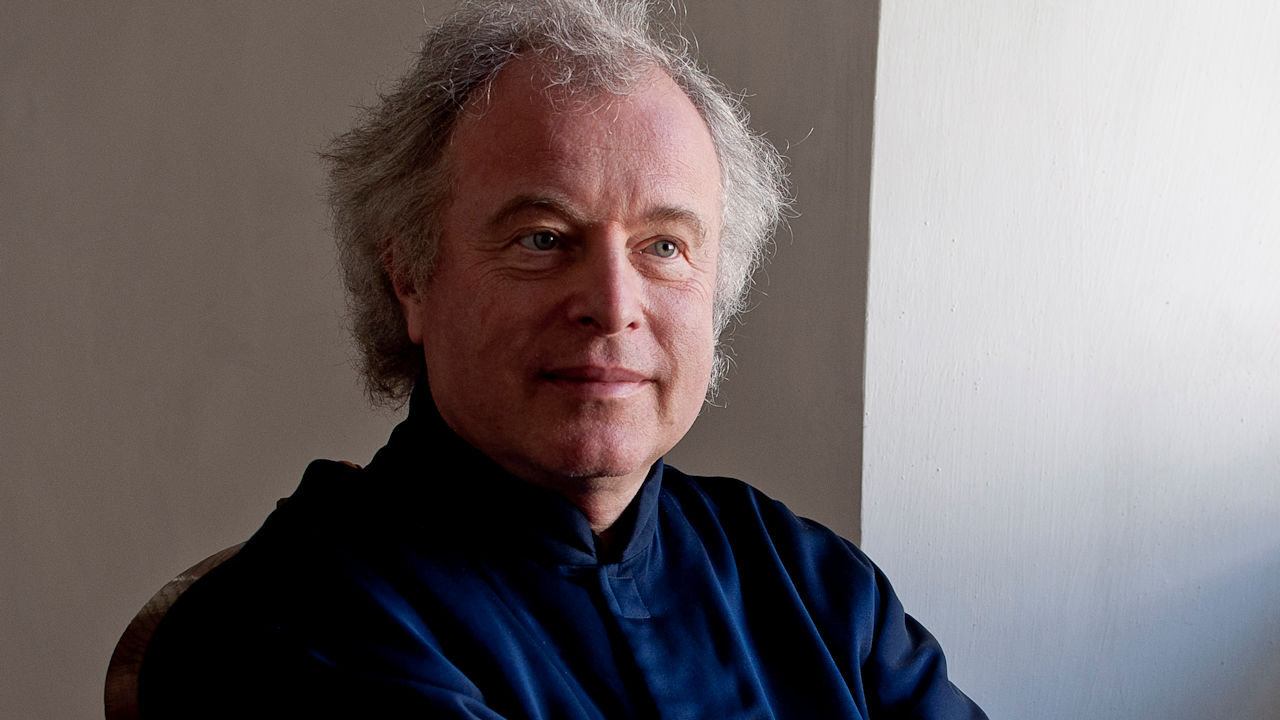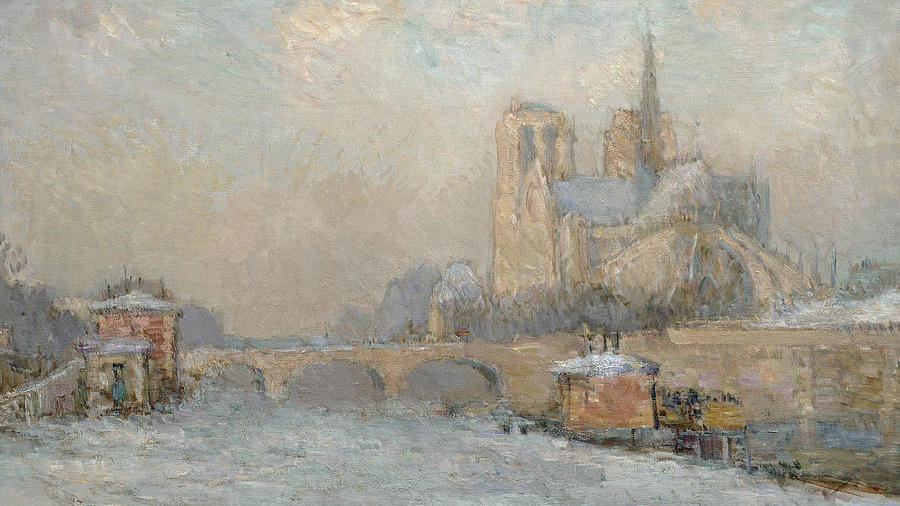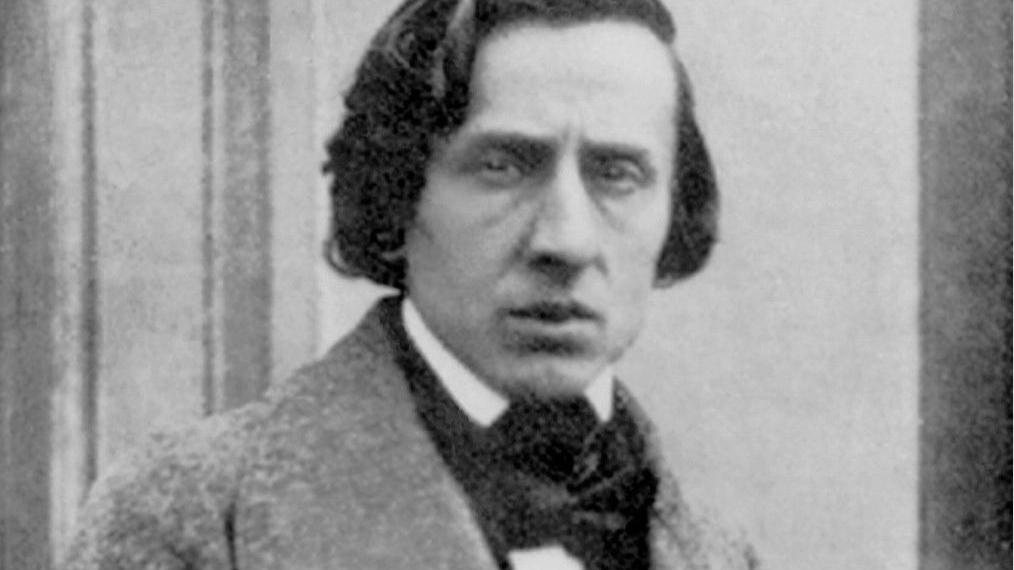Debussy’s “The Girl with the Flaxen Hair,” Krystian Zimerman
La fille aux cheveux de lin (“The Girl with the Flaxen Hair”) is the eighth piece in Book I of Claude Debussy’s solo piano Préludes, written around 1910. The title was inspired by an 1852 poem by Leconte de Lisle. A single, meandering line pulls us into the ephemeral, dreamlike world this music inhabits. Listen to the way the harmony, built largely on the floating, static pentatonic scale, shifts around this melody in unexpected ways. Listening …







